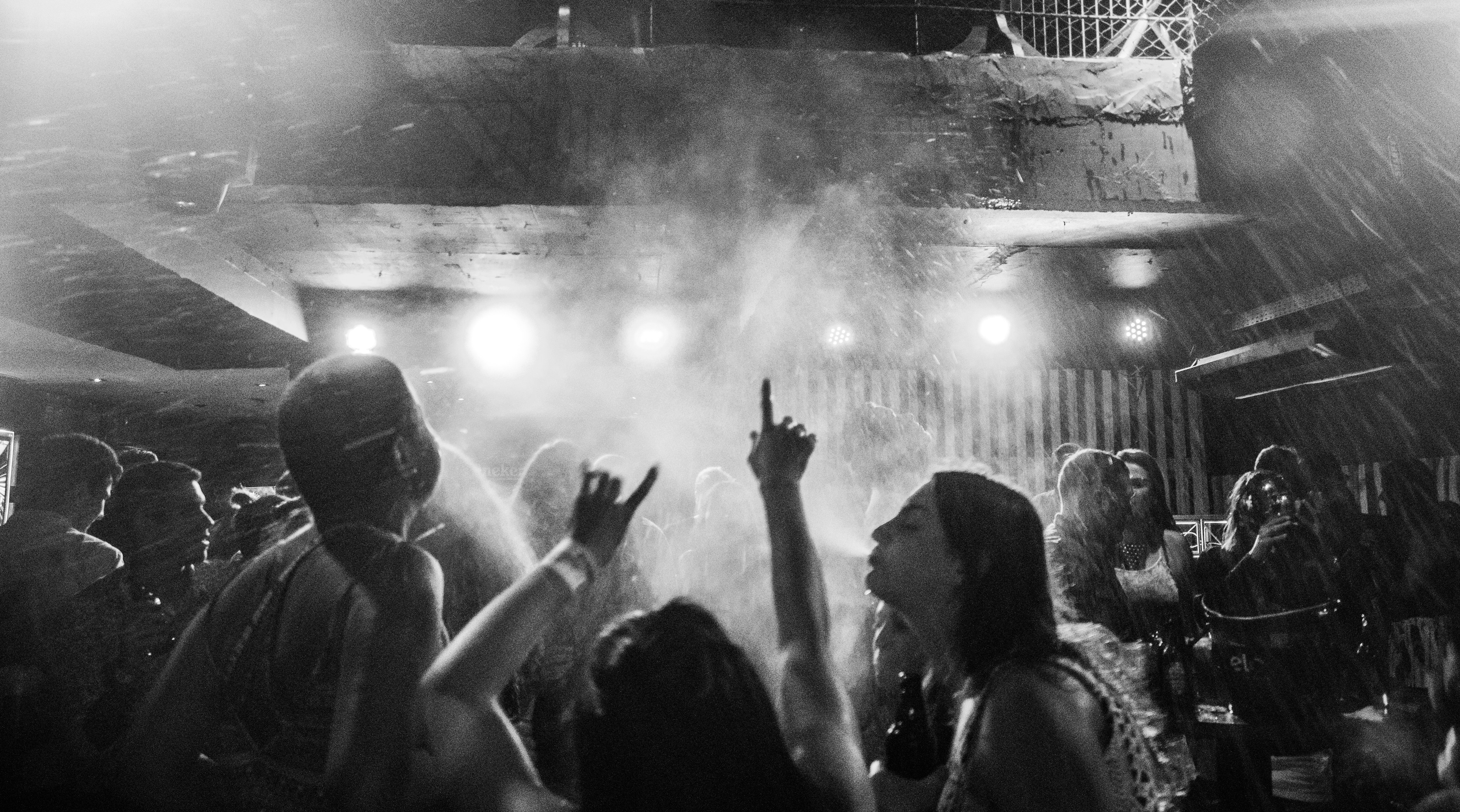The “sesh”, as we call it today, has been the cornerstone of Irish student culture for centuries. “Sesh” is an abbreviation for “session” and the term simply relates to drinking alcohol and having fun. Although the sesh that we know and love today has changed slightly throughout its history, the fundamental elements have largely remained the same.
The origins of the sesh are unclear, but the origins of one of the key components of alcohol is well documented. Examination of jugs from c.10,000 BC suggest that fermented beverages have been around since as early as the Neolithic period. Homo sapiens reached behavioural modernity in their exhibiting the traits that distinguish present-day humans from their ancestors around 40,000 years ago, which means that we human beings have spent roughly one quarter of our developed existence on this earth drinking. Beer was consumed in ancient Egypt as early as around 3,400 BC, by all socio-economic classes. The Babylonians worshipped a wine goddess, and both beer and wine were used often as offerings to their gods, while wine first became common in ancient Greece around 1700 BC.
Ireland’s own relationship with alcohol has been recorded as early as 1188. Medieval historian Giraldus Cambrensis noted that vineyards were never present in Ireland, however wine was available due to foreign commerce. Notably, wine was provided by Poitou, an ancient region of France, in exchange for hides. Ale, or cuirm, had already been incredibly popular for centuries. In comparison, whiskey is actually a relatively modern innovation, with the drink first being referenced in Irish annals in 1405. With alcohol existing in Ireland since at least the first century, there has been plenty of time for a distinct drinking culture to develop within the country.
Here in Ireland, drinking, and, in turn, the “sesh”, is heavily embedded into culture to the extent that a drinking stereotype is long established and some version of an “Irish pub” can be found worldwide. During the 800 years of English colonisation, increased alcohol consumption has been noted. Wine and brandy were consumed by rich members of the Protestant Ascendancy, while cheaper options such as beer and poitín were consumed by the poorer masses. Historically, alcohol has been used as a coping mechanism: in the United States, the Native American communities have historically had extremely high rates of alcohol abuse, with roughly 12 percent of all Native American deaths being the result of the addiction. These problems persist in their communities to this day.
In addition to historical oppression, a 2011 study conducted by the University of Miami found that alcoholism increases in times of economic crises. However, alcohol has always been used for social purposes as well. The sesh as we know it today, evolved from traditional music sessions, which still exist in some pockets of pubs around the country. People would gather in a pub or in someone’s house for a night of music and dancing, with drinks consumed and songs belted out. Music and storytelling have always been at the very heart of Irish culture, both of which are exemplified in these traditional music sessions. The electric and fast-paced environment of a nightclub is enjoyable in its own way, but sometimes there is nothing more comforting than stepping into a cosy pub, pint in hand, and unwinding while listening to some classic trad tunes. The transition from the traditional pub to the modern nightclub began in the 1970s with the advent of disco. The clubbing scene in Ireland really took off for the first time in the 1980s, the ill-fated Stardust nightclub is a notable example of an early nightclub, and the rave scene became a prolific subculture in the 1990s. While what constitutes popular music has changed since then, the fundamental aspects remain in drinking and having fun.
The “sesh”, in all of its forms, endures to this day as the main social outlet for Irish university students. It is a way to momentarily put aside the academic strains of university and enjoy the social side that college has to offer. In celebration or in despair, the versatility of the ritual is what makes it so omnipresent in our country. The “sesh” is a truly time-honoured tradition that has existed nearly as long as Ireland itself, making it an integral part of the culture and embedding it into our national character.






